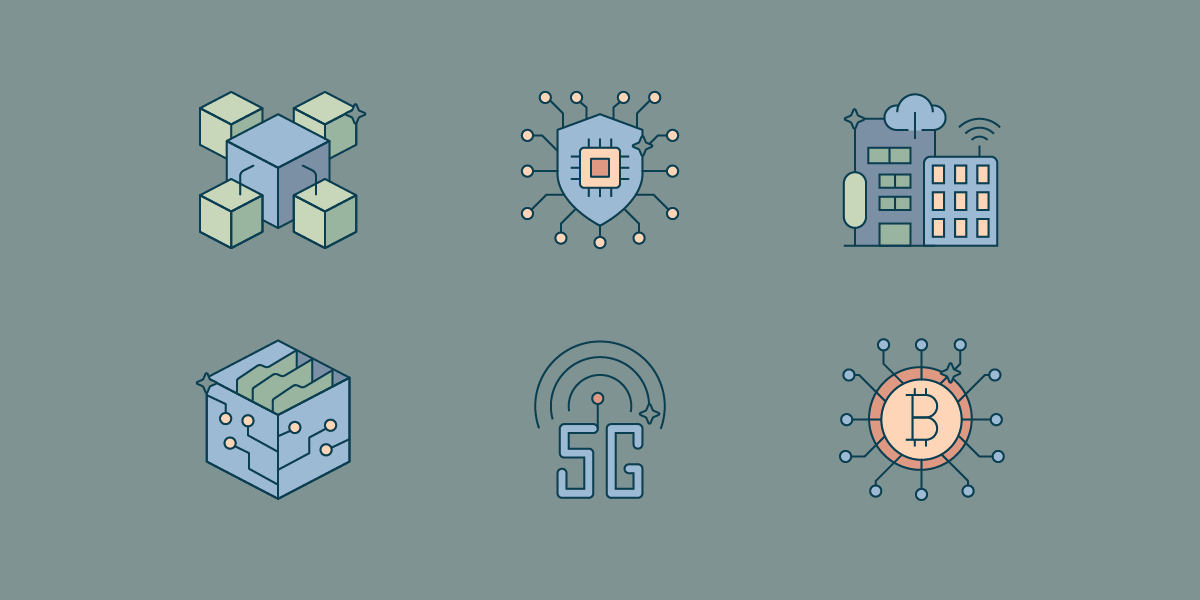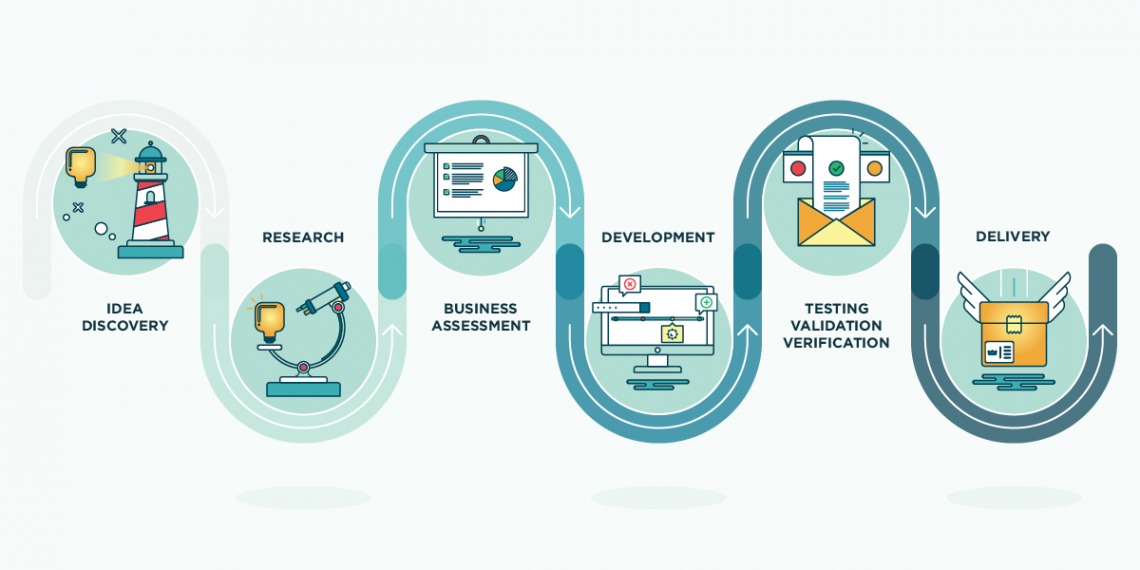Disruptive innovation as a term is widely used among enterprises of all kinds and sizes. As a matter of fact, it became so overused that not everyone clearly understands what it actually means, and today it is quite easy to misuse it.
Every type of innovation needs to have a proper innovation strategy that supports it - different types of innovation imply different strategies. So it goes without saying that it is very important to clearly define what it stands for.
Most people think of disruption as a situation in which one successful innovation shakes up the whole industry, and this is correct in some cases but looking at it this way is a very broad perspective.
While incremental innovation supposes the usage of existing technology in existing markets, disruptive innovation uses new technologies in an existing market. It is a situation in which a smaller company, often with fewer resources, challenges industry leaders.
Every disruption is a process and it often starts as a small-scale experiment from the low-end of the market and sometimes it even finds a new market. Industry incumbents usually serve their existing customers in a well-established market and tend to focus on satisfying their growing needs in an incremental way.
New entrants start with serving the overlooked segment of customers with innovative solutions that usually cost less. This way, they are gaining a small piece of the market share, but the real disruption hasn’t happened yet. In this phase, most incumbents don’t pay attention to the new entrants which, if they prove to be disruptive, can be a fatal mistake.
The disruption starts when mainstream customers start turning to innovative solutions. At this point, disrupters are successfully making non-consumers into consumers. There are two ways incumbents can defend from disrupters:
-
by creating a new division specialized to take advantage and learn from disruptive innovations or
-
they can buy off the disrupters in their early stages of development.






